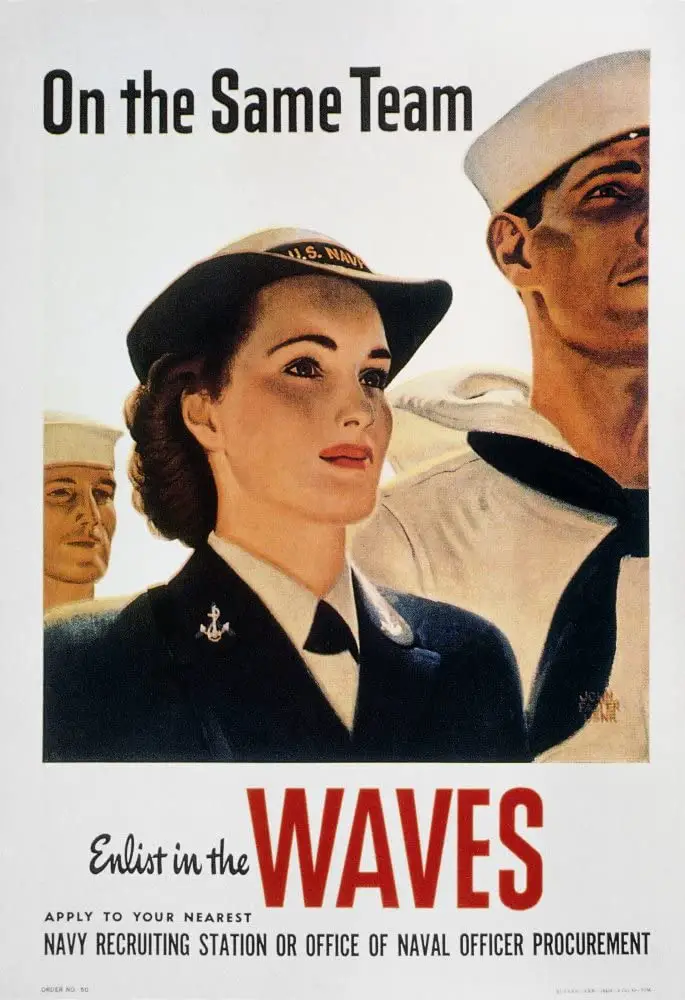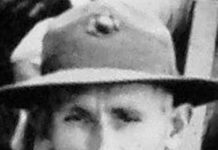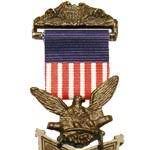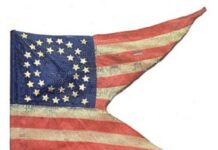Paul Zigo, history professor, author and military historian, does a magnificent job as founder and director of the World War II Era Studies Institute in keeping us mindful and knowledgeable of the Greatest Generation and that time in our history.
The institute he founded is dedicated to furthering knowledge and understanding of the second World War era and its impact on history.
Paul has authored several books on the era, and he himself is an army veteran who retired as a colonel after 30 years in service in the army. He is a founding sponsor the National Museum of the US Army.
So, this week, when he reminded all of us who eagerly read his regular e-mails, that it was on July 30, 1942, that the WAVES were established, it’s worth a story to let others know how this group of very courageous women got together at a very dangerous time in history and defended the country in their own special way.
For one, you can thank Eleanor Roosevelt, wife of the President, for having a part in forming the unit. She’s the one who convinced Congress women should be authorized as a component of the navy.
Hence, on July 30, 1942, seven months after Pearl Harbor, the Women Accepted for Volunteer Emergency Service (acronym WAVES) was established. Emergency in their title meant women were accepted because of the unusual circumstances of the war. But at the end of the war, they would not be allowed to continue in Navy careers. Well, fortunately, that didn’t happen, and that’s the end of that story.
In spite of the very long name, this new unit was known from the start as WAVES, both for the acronym as well as an allusion to ocean waves.
Mildred McAfee was president of Wellesley College and she became the first female commissioned officer in the history of the Navy when she was sworn in as a Naval Reserve Lieutenant Commander and named the first director of the WAVES.
It was an all-volunteer service and women signed up for either the Navy or Coast Guard (SPARS) and went through a training program; if they chose to become officers, they had to attend an Officer Candidate Volunteer Program, basic recruit training, then midshipmen during their officer training and finally they became ensigns and were part of the Navy Reserves. They were different from WEACS; WACS, the Women in the Army served WITH the army, the Waves served IN the Navy.
WAVES did not serve aboard combat ships or aircraft and at first were restricted to continental United States duty. However, before the War was over in 1945, they were authorized to serve in certain U.S. possessions, some going to Hawaii, not a state at the time; but they never served in any other location.
Most of the first 27,000 waves did clerical work, but some had various duties in the aviation community, medical professions, communications, intelligence, storekeeper, science and technology.
It wasn’t until 1948 three years after the war, that the Women’s Armed Services Integration Act was passed and women gained permanent status in the armed services. The WAVES as such were discontinued and ceased to exist after that, though up until late in the century female Sailors were still identified as WAVES by the general public.
The WAVES even had their own official song, in addition to the Navy’s Anchor Aweigh, called WAVES OF THE NAVY
So Happy Anniversary July 30 to those brave women of the 1940s who became WAVES as well as Love, Safety, Admiration and Thanks to those even more brave women from the late 1940s on through the present who became, equal to their male counterparts, sailors and officers of the US Navy.
WAVES of the Navy,
There’s a ship sailing down the bay.
And she won’t slip into port again
Until that Victory Day.
Carry on for that gallant ship
And for every hero brave
Who will find ashore, his man-sized chore
Was done by a Navy WAVE
Visit Paul’s site at WW II Studies




